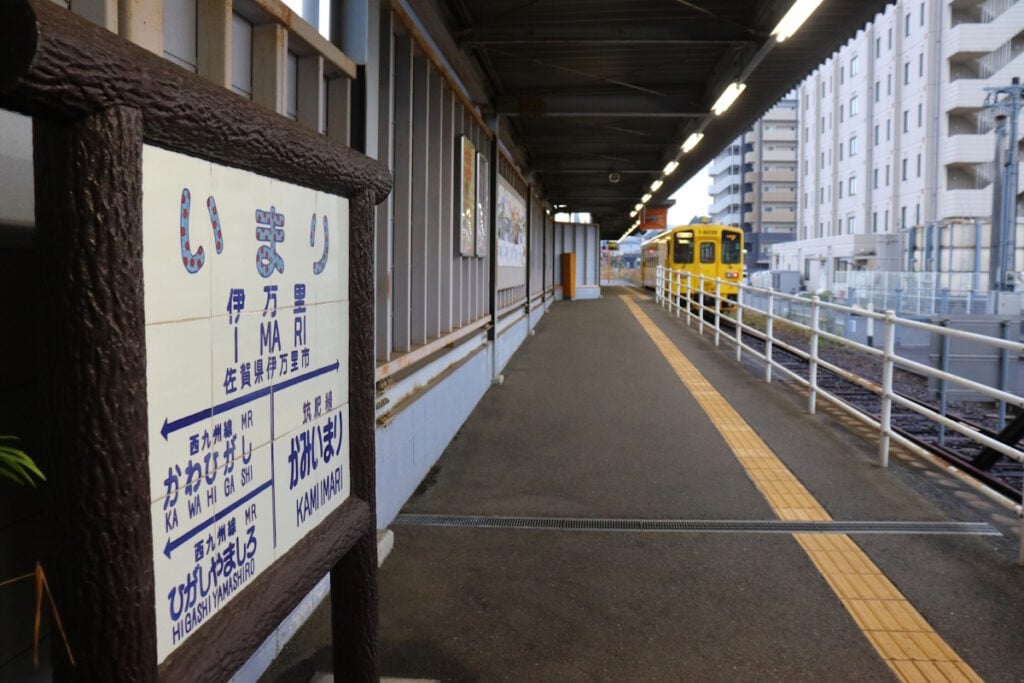Thinking of moving to Tokyo? You’ll have a lot of options. The city of over 14 million people is a sprawling diverse place, with no corner of the city quite like the other. One annual survey attempts to whittle it down for you by asking people two questions: Are you happy with where you live? And do you want to keep living there? Here’s what they found in their 2024 report.
Daito Construction ran its 2024 survey in September, polling over 100,00 residents of Tokyo across its 23 metropolitan wards and outlying cities. They broke down the rankings into five categories:
- Happiness index (by municipality)
- Happiness index (by train station location)
- Desire to remain (by municipality)
- Desire to remain (by train station location)
Let’s take a look at what areas are the happiest and most likely to retain residents – and why.
Happiness index (municipality): Minato City
Perhaps surprising no one, Tokyo’s richest city – with a median income of 11.26 million yen (USD $71,969) – retained its number one ranking spot. Center to several luxury hotels, office buildings, and many of Tokyo’s embassies and consulates, Minato is known for ritzy areas such as Azabu (home of Sailor moon!), Shirokane, Takanawa, and Roppongi.
Minato is also known as an easy place to raise kids, with the city providing child-rearing allowances and a range of support services. On the down side, the existence of the somewhat-seedy Roppongi, a hotspot for Tokyo nightlife and home to many of the city’s high-end cabaret clubs, means Minato ranks fairly low on the safety index of Tokyo’s wards.
Coming in behind Minato were Chuo City (last year’s number one), Bunkyo City, Meguro, and Mitaka (home of the Studio Ghibli Museum).
Happiness index (train station): Daikanyama

Close to Minato City in next-door Shibuya is another well-off neighborhood, Daikanyama. Known for its fancy stores, greenery, and convenient access to downtown Shibuya, Daikanyama is also lauded as a safe neighborhood for living. On the downside, it’s a hard place to walk due to all of the hills, and there’s little parking.
Ariake A and Omotesando kept their second and third spots as train stations where people were most satisfied. Jumping into fourth place from ninth last year was Inagi Station in Inagi City, a city of approximately 95,000 located in West Tokyo. In fifth place, up from eighth, was Roppongi 1-Chome, famous for its combination of high-end shopping and easy rail access to just about anywhere in Tokyo.
Planning a trip to Japan? Get an authentic, interpreted experience from Unseen Japan Tours and see a side of the country others miss!

"Noah [at Unseen Japan] put together an itinerary that didn’t lock us in and we could travel at our own pace. In Tokyo, he guided us personally on a walking tour. Overall, he made our Japan trip an experience not to forget." - Kate and Simon S., Australia

See a side of Tokyo that other tourists can't. Book a tour with Unseen Japan Tours - we'll tailor your trip to your interests and guide you through experiences usually closed off to non-Japanese speakers.


Want more news and views from Japan? Donate $5/month ($60 one-time donation) to the Unseen Japan Journalism Fund to join Unseen Japan Insider. You'll get our Insider newsletter with more news and deep dives, a chance to get your burning Japan questions answered, and a voice in our future editorial direction.
Desire to remain (municipality): Musashino

People looooove Musashino. The home of beloved neighborhood Kichijoji and the gorgeous Inokashira Park, Musashino boasts great local shopping, a ton of little cafes, a great music and arts scene, and a bevy of antique and vintage clothing stores. For many, Musashino is the perfect combination of cleanliness, safety, and subculture in Tokyo.
Located in West Tokyo, Musashino is a bit distant from the downtown core. However, express trains can get you to Shibuya or Shinjuku in about 15 minutes flat. The downside is that it’s a very popular area for locals and tourists alike, so getting out on the weekends can be a nightmare.
The other top entries this year remained relatively unchanged: Meguro, Chuo, Bunkyo, and Minato. The only change from the previous year was that Chuo and Bunkyo swapped places.
Desire to remain (train station): Daikanyama
Daikanyama retained its top spot as an easy-to-live train station – which I find interesting given that Minato only had one train station (Roppongi 1-Chome) rank in the top five. (Minato’s only other top 10 finisher was the ritzy neighborhood around Shirokanedai Station.)
One of the main benefits of Daikanyama Station is its immediate proximity to Shibuya Station – a three-minute ride. But you can also get to other major stations in the city easily, including Nakameguro, Daen-chofu, Musashino-koyama, and even Yokohama without transferring trains. Of course, easy access to Shibuya means you can transfer to the Yamanote line and go to many major destinations across central and East Tokyo.
Why this page doesn't look like crap
You may notice a few things about this page. First, it’s mostly content – not ads. Second, this article was written by a human, not a plagiaristic Turing machine.
Unseen Japan is a collective of independent authors. We work hard to keep our content free of intrusive ads and AI slop.
Help us keep it that way. Donate to the Unseen Japan Journalism Fund to support our work. Regular donors will receive Insider, our paid newsletter with weekly bonus content about Japan. Plus, your contribution will help us produce more content like this.
What to read next

As Japan’s Foreign Population Grows, So Does A “Japanese First” Mindset
Japan has more foreign residents than ever. Will that change as the conviction that “Japan is for the Japanese” gains ground?

Calls to Reject Prejudice After Japanese Teacher Murdered by Foreign Resident
The incident comes at a time of increasing suspicion of and prejudice against foreigners living in Japan as the country’s right wing surges.

“Old, Old, Old Rice”: Why Japan’s Lining Up To Buy 2021’s Crop
People in Japan are forming long lines to spend half of the current market price for the strategic reserve rice – some lining up overnight.

